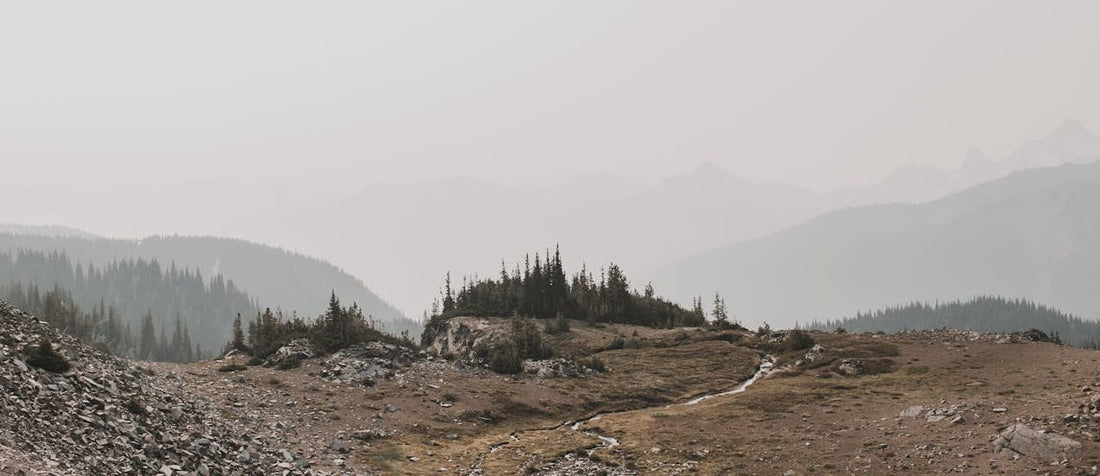Photo by Alfo Medeiros: https://www.pexels.com/photo/composition-with-debris-12026134/
The rise of microplastics in our environment has emerged as a pressing issue that threatens ecosystems, wildlife, and human health. For outdoor enthusiasts who cherish the natural world, understanding this problem and taking steps to mitigate its impact is crucial. This article will delve into what microplastics are, how they affect the environment, and actionable ways outdoor enthusiasts can contribute to solutions while protecting themselves.
What Are Microplastics?
Microplastics are tiny plastic particles less than 5 millimeters in size. They originate from two primary sources:
1. Primary Microplastics: These are intentionally manufactured small plastics, such as microbeads in cosmetics or fibers shed from synthetic clothing.
2. Secondary Microplastics: These result from the breakdown of larger plastic items, like bottles or bags, due to environmental factors like sunlight and abrasion.
Microplastics have infiltrated nearly every corner of the planet, from the depths of the ocean to remote mountain ranges. Their persistence in the environment poses significant risks to wildlife, which can ingest these particles, mistaking them for food, and to humans, as microplastics enter the food chain and drinking water.
How Outdoor Enthusiasts Can Help
Outdoor enthusiasts have a unique role to play in combating the microplastic problem. Here are some practical ways to make a difference:
1. Minimize Plastic Use on the Trails
- Opt for reusable water bottles, utensils, and food containers instead of single-use plastics.
- Choose biodegradable or reusable packaging for snacks and meals.
2. Support Eco-Friendly Brands
- Purchase gear and clothing from companies committed to reducing plastic waste and using sustainable materials.
- Look for certifications like Bluesign or Fair Trade that indicate environmentally responsible practices.
3. Participate in Cleanups
- Join or organize cleanups for trails, rivers, and beaches. Removing plastic waste from these areas prevents it from breaking down into microplastics.
- Document and share your efforts to inspire others.
4. Advocate for Change
- Support policies that regulate plastic production and encourage recycling.
- Raise awareness about the microplastic issue within your outdoor communities.
Protecting Yourself from Microplastics
While tackling the root causes of microplastic pollution is essential, it’s equally important to protect yourself from its effects. Here are a few strategies:
1. Filter Your Water
- Use water filters designed to remove microplastics when hiking or camping.
- Install high-quality filters at home for drinking and cooking water.
2. Reduce Synthetic Clothing Shedding
- Wash synthetic garments less frequently and in cold water to reduce fiber shedding.
- Use a washing bag or filter to capture microfibers released during laundry.
3. Choose Natural Materials
- Opt for clothing and gear made from natural fibers like wool, cotton, or hemp.
- Avoid items with excessive synthetic components when possible.
4. Mind Your Diet
- Reduce consumption of seafood, particularly shellfish, which are known to contain higher concentrations of microplastics.
- Choose fresh, whole foods over processed items, which are often packaged in plastic.
The Bigger Picture
The microplastic problem is a stark reminder of the environmental challenges we face. For outdoor enthusiasts who experience the beauty and fragility of nature firsthand, this issue hits close to home. By making conscious choices, advocating for systemic change, and taking steps to protect ourselves, we can contribute to a healthier planet.
As stewards of the outdoors, it is our responsibility to preserve the landscapes we love for future generations. Addressing the microplastic problem is an essential step in that journey.
For top of the line outdoor equipment checkout Pike Trail's Hiking and Camping gear, where you can find green products such as wallets made from recycled gaiter material and carbon fiber trekking poles (as compared to plastic poles).






